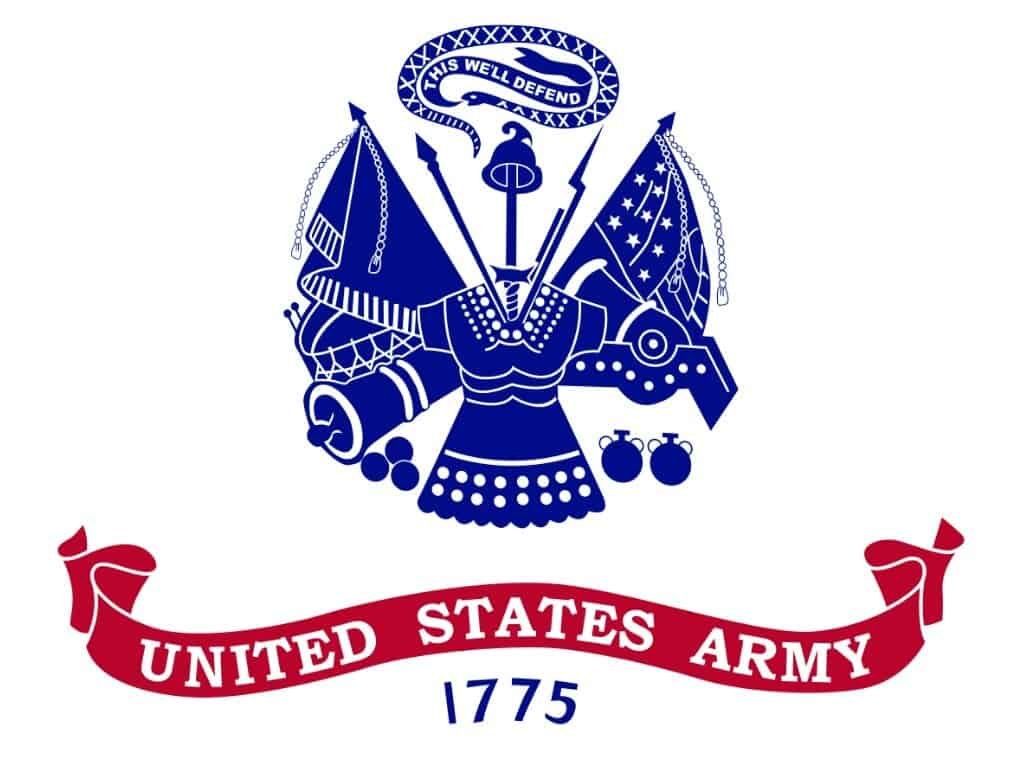Business
U.S. Army Marks 250 Years of Valor and Service on June 14

The United States Army marked a significant milestone on June 14, 2025, celebrating its 250th birthday. However, the assertion that it has existed in its current form for two and a half centuries is nuanced.
This history traces back to the First Continental Congress, which convened in Philadelphia from September 5 to October 26, 1774. Delegates from 12 of the 13 colonies aimed to respond to British punitive measures following the Boston Tea Party. They encouraged the establishment of state militias and planned to restrict trade with Britain.
By February 1775, Massachusetts found itself in rebellion, with local control established outside Boston. The conflict escalated in April when British troops attempted to seize colonial supplies in Concord, prompting armed resistance from local militia. This clash marked the beginning of open hostilities.
The Second Continental Congress met on June 14, 1775, incorporating Georgia into the fold. The assembly voted to form the Continental Army, combining the Massachusetts militia and other forces, totaling about 22,000 men from across the colonies.
The Continental Union Flag, which represented the United Colonies, served as a symbol from 1775 until 1777, when the Congress adopted a flag featuring 13 stars and stripes.
The next day, George Washington was appointed commander. His previous military experience in the Virginia militia positioned him well for this new role. The Continental Army of 1775 was structured into seven departments, with a substantial number of New England regiments under Washington’s command by April 1776.
This army faced significant challenges, including two devastating defeats in the Southern Department. The surrender of General Benjamin Lincoln at Charleston in May 1780 and a major loss at Camden just months later tested the resilience of Continental forces.
Nevertheless, victories at the Battles of Saratoga in late 1777 played a crucial role in garnering French support for the American cause, which was significant in minimizing the British advantage.
The iconic “stars and stripes” flag was officially adopted on June 14, 1777, symbolizing a fledgling nation uniting under a common banner.
Nearing the end of the war, Washington coordinated efforts with French forces to orchestrate a siege at Yorktown. Their success in forcing British General Cornwallis’s surrender on October 19, 1781, shifted the trajectory of the American Revolution and paved the way for recognition of independence in 1783.
Following the war, the Continental Army disbanded. The new government, wary of a standing army due to British rule, reduced the military significantly. On June 3, 1784, the Confederation Congress formally established the United States Army, which began with a small garrison at West Point.
Initial challenges persisted, leading to a reorganization of the army into the Legion of the United States after suffering heavy casualties in the Battle of Wabash in 1791. Ultimately, Congress restored the army’s name to the United States Army in 1796, solidifying its role in American governance and military capabilities.
The legacy of the U.S. Army is rich, dating back to its origins in 1775, reflecting a complex journey of adaptation and resilience amid evolving national needs.

















